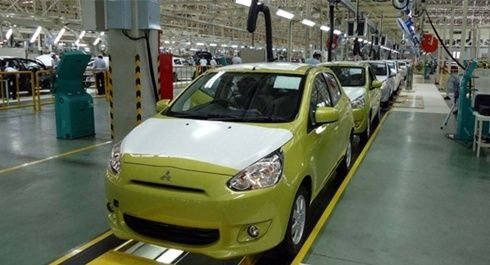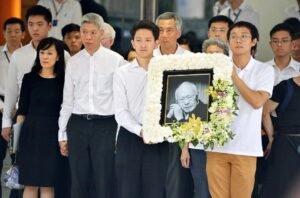
Japanese company leaves China for Southeast Asia 2
About one-third of the land lots in the 3.6 million m2 industrial park on the outskirts of the capital Phnom Penh (Cambodia) are still vacant.
Mr. Hiroshi Uematsu, director of a concentrated economic region in Phnom Penh (Cambodia), said: `China used to be the world’s factory. But now this is no longer the case.`
A Mitsubishi factory in Thailand.
According to the Japanese Ministry of Finance, the country’s foreign direct investment (FDI) in 10 countries in the Association of Southeast Asian Nations (ASEAN) also more than doubled last year, to 1,550 billion yen (19.3 billion yen).
Southeast Asia’s appeal lies not only in its cheap labor but also in its rapidly growing middle class.
The latest figures from ASEAN also show that Japan is investing very heavily in this region.
According to the Thai Investment Commission, Japanese projects here also nearly tripled in the first 9 months of the year.
In Indonesia, Southeast Asia’s largest economy, Honda and Suzuki announced they will expand large-scale production.
Japan is also the pioneer country in penetrating Myanmar’s potential market, when the country implemented a series of reform policies this year.
Uematsu said China has become a `headache` for Japanese companies due to rising labor costs and poor labor relations.
More and more Japanese companies see Thailand, Cambodia and Vietnam as a seamless manufacturing corridor.
Ha Thu (according to CNBC)





